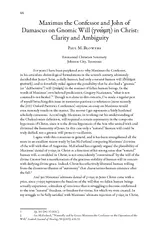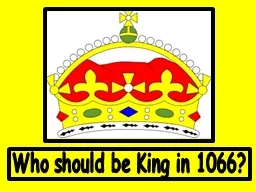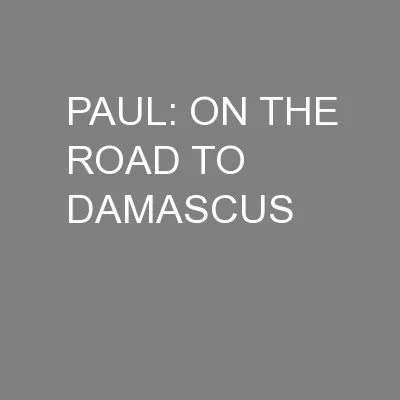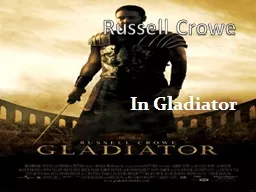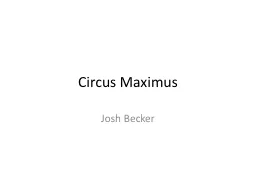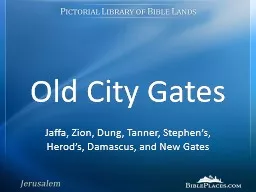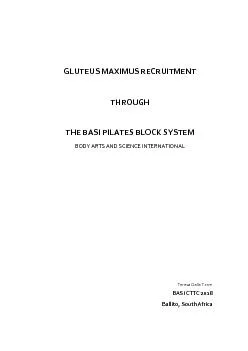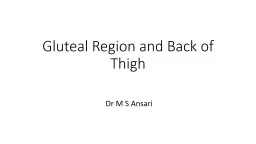PDF-Maximus the Confessor and John of Damascus on Gnomic
Author : sherrill-nordquist | Published Date : 2015-05-19
B Emmanuel Christian Seminary Johnson City Tennessee For years I have been perplexed as to why Maximus the Confessor in his articulate christological formulations
Presentation Embed Code
Download Presentation
Download Presentation The PPT/PDF document "Maximus the Confessor and John of Damasc..." is the property of its rightful owner. Permission is granted to download and print the materials on this website for personal, non-commercial use only, and to display it on your personal computer provided you do not modify the materials and that you retain all copyright notices contained in the materials. By downloading content from our website, you accept the terms of this agreement.
Maximus the Confessor and John of Damascus on Gnomic: Transcript
Download Rules Of Document
"Maximus the Confessor and John of Damascus on Gnomic"The content belongs to its owner. You may download and print it for personal use, without modification, and keep all copyright notices. By downloading, you agree to these terms.
Related Documents

